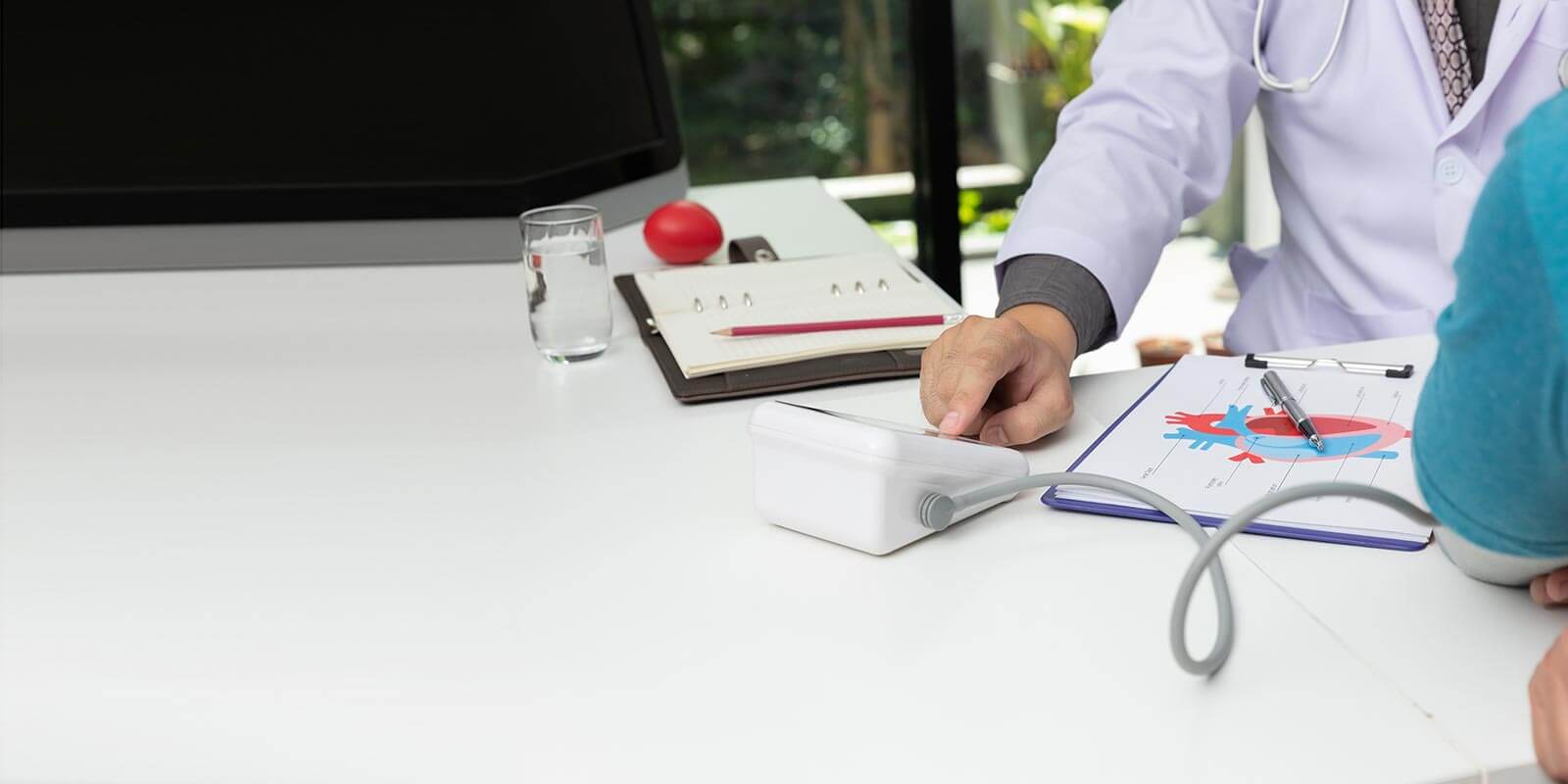
Clinical Trials & Studies
University Hospitals Harrington Heart & Vascular Institute continues to build on a legacy of innovation that began over 150 years ago. Our team is forging medicine’s future by translating cardiovascular advances at the earliest stages of development into improved patient care.

Learn More
To learn more about heart and vascular clinical trials, call 216-844-3130Our team of more than 70 cardiovascular faculty, fellows and staff manages over 140 active clinical trials and follows more than 3,500 patients. Our trials include first-in-human and Phase II-IV studies in cardiovascular medicine, interventional cardiology, electrophysiology, vascular surgery, endovascular therapies, heart failure, cardiac surgery and advanced cardiovascular imaging.
The following highlights just a few of our actively recruiting clinical trials. These and other University Hospitals Cleveland Medical Center advances are poised to benefit the lives of patients affected by heart and vascular diseases for generations to come.


